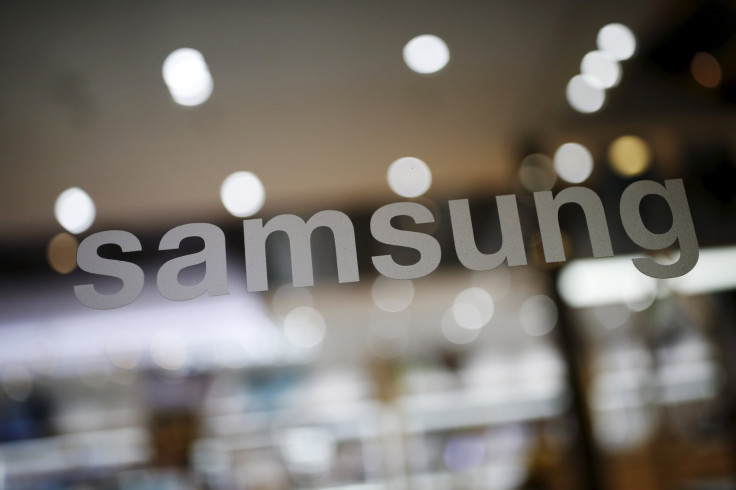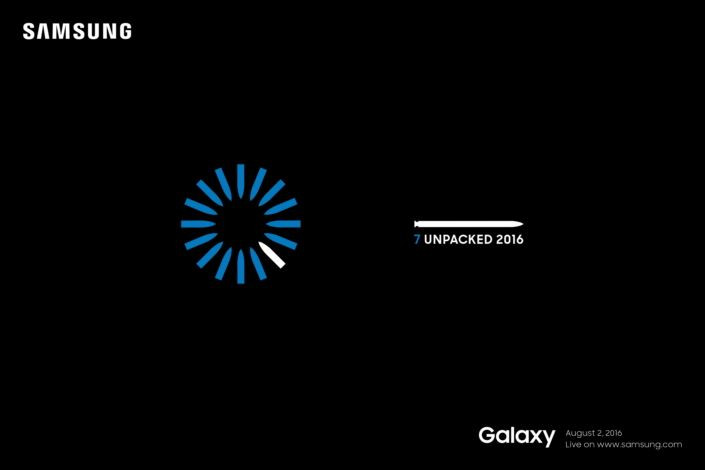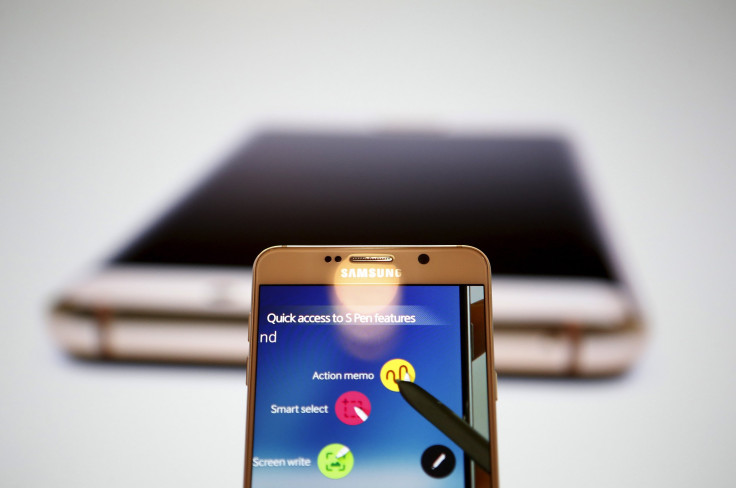Galaxy Note 7 Launch Scheduled For Aug. 2: Everything We Know About Samsung’s Next Big-Screen Smartphone So far

Samsung’s next flagship smartphone will be called the “Galaxy Note 7,” and the South Korean conglomerate is not trying to keep the moniker under wraps. In an invitation issued Tuesday, the company announced it would unveil the new phablet on Aug. 2 during an event, which has been named “7 Unpacked.”
The event will be held in New York City at 11:00 a.m. EDT while there will also be satellite events simultaneously taking place in London and Rio de Janeiro. In the same statement, Samsung also explained why it decided to name the device Note 7, rather than Note 6, considering the current Note model is called the “Galaxy Note 5.”
“First and foremost though, you might be curious as to why it’s called Galaxy Note7 instead of Galaxy Note6. There are a couple reasons why. First, the Galaxy Note7 will complement our Galaxy S7 and S7 edge, and unify our product portfolio. Second, the Galaxy Note7 will minimize confusion about the latest mobile technology from Samsung, and provide full alignment with Galaxy S smartphone,” Samsung said.

Features and specs
The Galaxy Note 7 is expected to come with multiple improvements compared to its predecessor. The Galaxy Note 5, which was unveiled on Aug. 13, 2015, faced a lot of criticism for lacking a microSD card slot. Since Samsung included that feature in the Galaxy S7, which was announced at the Mobile World Congress earlier this year, tech enthusiasts now expect the same to be featured in the upcoming Galaxy Note 7.
Samsung recently released a new mobile storage format based on UFS 1.0, which is expected to provide read and write speeds that are five times better than conventional microSD cards. However, these new UFS cards are not compatible with the existing microSD card sockets, leading many to speculate that the Galaxy Note 7 might feature a hybrid UFS/microSD card slot.
A dual-curved display, similar to what is found in the existing Galaxy S7 edge, is another widely expected feature that the Galaxy Note 7 could incorporate. If the device indeed comes with a dual-curved display, it will be the first of its kind to sport such a feature, considering the existing Note Edge’s display is curved only on one side. In terms of resolution, Samsung is likely to continue with the 2K display.
Samsung's heart rate monitor featured on the rear of the Galaxy S6 and Galaxy S7 has come under sharp criticism for not being as accurate as claimed by the company. But, if ongoing rumors turn out to be accurate, Samsung is looking to counter this criticism by adding an iris scanner to the Galaxy Note 7. According to reports, the iris scanner could prove really useful as a new biometric security measure that will be much better than the existing fingerprint sensors.

Unlike many smartphone manufacturers, who have already embraced the new USB-C standard, Samsung is still stuck with the microUSB port because it supports the popular Gear VR headset, which uses the port to connect with the phone.
A recent leak suggested that the Galaxy Note 7 would feature a USB Type-C port on the bottom, which is in line with reports saying that Samsung is planning to announce a new version of its virtual reality headset Gear VR that would be compatible with Galaxy Note 7′s USB Type-C port.
When it comes to processing speed, the Galaxy Note 7 is expected to be powered by the company’s own Exynos 8893 processor in developing markets and Qualcomm’s Snapdragon 821 processor in bigger markets like the U.S. The Snapdragon 821, which Qualcomm announced Monday, is an upgraded version of the Snapdragon 820 that powers some variants of the Galaxy S7 and the Galaxy S7 edge. It is also said to deliver a 10 percent performance increase over the 820.
In addition, the Galaxy Note 7 could also come with 6GB of LPDDR4 RAM, 64GB/128GB/256GB of storage, a large 4,000mAh battery and an upgraded S-Pen with improved Bluetooth LE hardware.
Production
South Korea’s ET News reported last month that Samsung was planning to have 5 million Galaxy Note 7 units ready for when the phone launches on Aug. 2. The report said that the company would produce 2.5 million phones in July and another 2.5 million in August, making a total of 5 million units available straight after launch.
The report also stated that Samsung has decided to increase its initial supply compared to last year's Galaxy Note 5, which had 5 million units for the entire first quarter since it went on sale.
© Copyright IBTimes 2024. All rights reserved.






















